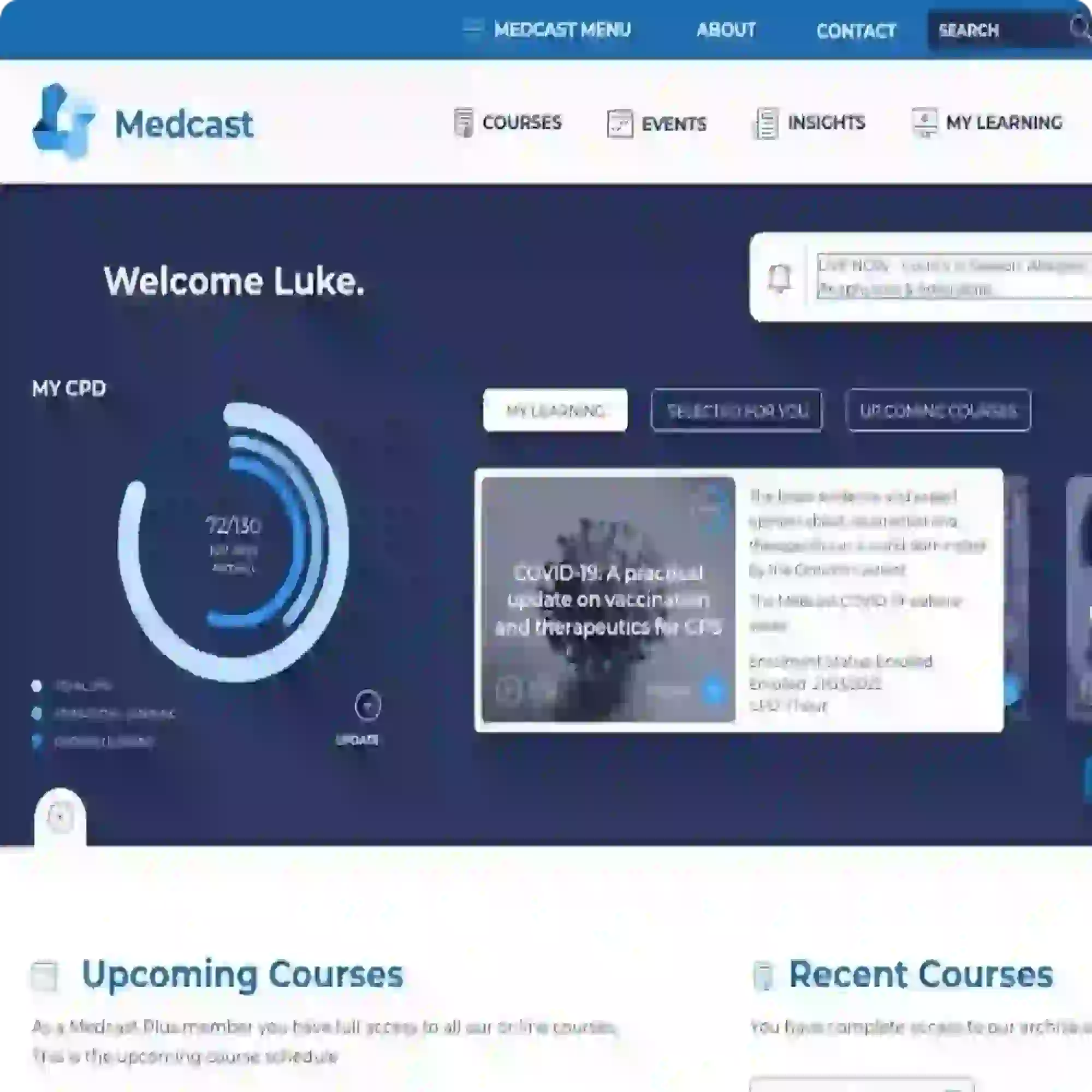Pre-hospital Management of Drowning Events
As summer approaches, drowning events across Australia will be more prevalent. Last year with the hottest summer on record, saw an increase of 17% drowning deaths compared to the previous 10-year average. Healthcare professionals can assist in the community during these stressful emergencies, and use their skills to help manage drowning events. We can initiate immediate treatment by directing bystanders to call for assistance and position the person into a safe place to start emergency care. Below is a quick reminder if you are ever in the situation of needing to assist someone who has had a near drowning event.
Steps in managing a near drowning event:
- Remove the person from water & any other dangers, without endangering yourself or bystanders
- Follow DRS ABCD to quickly assess the person
- Commence CPR if required - avoid delays or interruptions
- Compression only CPR is not recommended, as effective ventilation is required to address the hypoxaemia and hypoxia
- If vomiting/regurgitating turn the person into the left lateral position, point their mouth downwards to protect the airway
- Remove wet clothing and apply warm, dry blankets when possible
- Apply supplemental oxygen when available to keep saturations > 94%
- Take spinal precautions if risk factors present or clinical signs of spinal cord injury
- Ensure the person is transported to hospital for further assessment and management as required
If you are looking for further updates on drowning and other emergencies, consider:
- The ALERT Course (Acute Life-threatening Emergencies Recognition and Treatment)
- Emergencies in General Practice
References:
Australian Resuscitation Council (2014) Guideline 9.3.2 Resuscitation of the Drowning Victim, March, Melbourne, accessed October 219 at https://resus.org.au/glossary/drowning-guideline-9-3-2/
Emergency Care Institute New South Wales (2017) Drowning, September, Chatswood, accessed October 2019 at https://www.aci.health.nsw.gov.au/networks/eci/clinical/clinical-resources/clinical-tools/environmental-health/submersion
Royal Life Saving Society - Australia (2019) Royal Life Saving National Drowning Report 2019, Sydney Australia, accessed October 2019 at https://www.royallifesaving.com.au/facts-and-figures/research-and-reports/drowning-reports

Crystal Smith is a Senior Education Consultant for Critical Care Education Services (part of the Medcast Group). She has a clinical background in critical care, paediatrics and education.
Become a member and get unlimited access to 100s of hours of premium education.
Learn moreFollow James, a 7-year-old boy scheduled for a tonsillectomy and adenoidectomy, as we explore how the 4 P’s of child preparation – Prepare, Play, Parent, Praise – can be used in day surgery to reduce procedural anxiety, support family-centred care, and improve the overall patient experience
Caregiver concern is a powerful predictor of clinical deterioration in children, often surpassing abnormal vital signs. A recent Lancet study confirms its association with ICU admission and ventilation. Integrating caregiver input into assessments, documentation, and escalation protocols can significantly improve early recognition and outcomes in paediatric emergency care.
Sepsis is a time-critical medical emergency. The National Sepsis Program urges GPs and primary care clinicians to enhance early recognition and management of sepsis to save lives. This update outlines key actions and available resources to support timely diagnosis and intervention across primary care settings.
